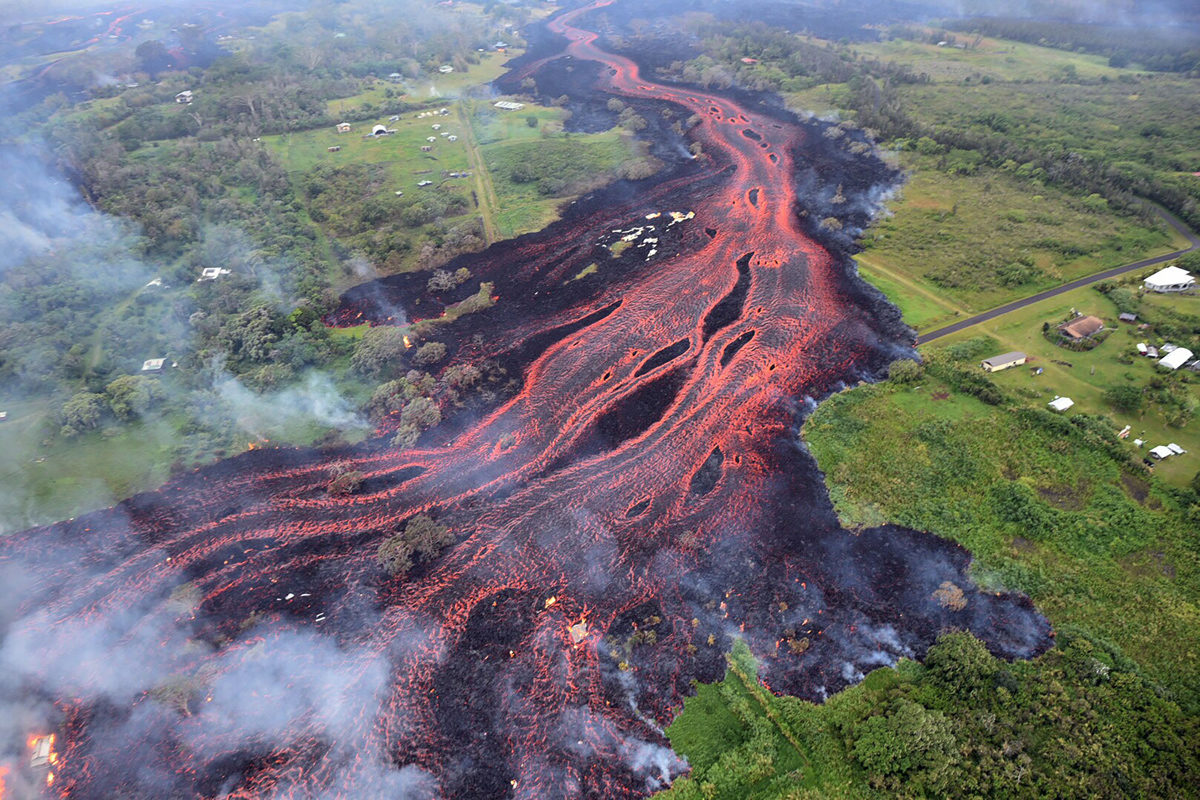
Kilauea, a volcano on Hawaii's big island underwent a long, drawn-out eruption over this past summer. It made headlines due to the spread of lava that destroyed many homes and changed some of the island's landscape. And it is now making news again as data from the eruption reveals that it erupted in ways that have not been seen before.
Kilauea is the most active volcano in the world, and because of that, scientists have installed many sensors in and around the area in hopes of learning more about how it and other volcanoes work. Thus, the volcano's eruption in May provided massive amounts of data, offering an unprecedented view of the eruption.
The researchers discovered that the caldera did not collapse in a way that was expected. First, it deflated by approximately 500 meters. Second, it happened incrementally-62 times in all. They were also surprised to find that groundwater did not play much of a role in the explosions that resulted as the caldera collapsed-instead, they were caused by piston-type pressure resulting from each deflation.
The researchers were also surprised to find that life returned to parts of the sea impacted by the sudden introduction of molten lava in just 100 days-oxidizing microbes showed up to take advantage of the newly deposited lava flows. They also found evidence of hydrothermal activity in the same areas. Both were believed to take longer to get their start after an eruption.
The volcano has gone quiet for now, but the researchers will continue to study monitors, particularly those posted along Kilauea's Lower East Rift Zone, looking for evidence of new activity. They will also be keeping a close eye on Mauna Loa-the other major volcano on Hawaii's big island. It has a history of activity when Kilauea goes quiet.
More information: C. A. Neal et al. The 2018 rift eruption and summit collapse of Kīlauea Volcano, Science (2018). DOI: 10.1126/science.aav7046
Journal reference: Science



Comment: Heaven to Hell Timeline: Kilauea's Ruthless Eruption: 18,000+ Earthquakes and so Much More